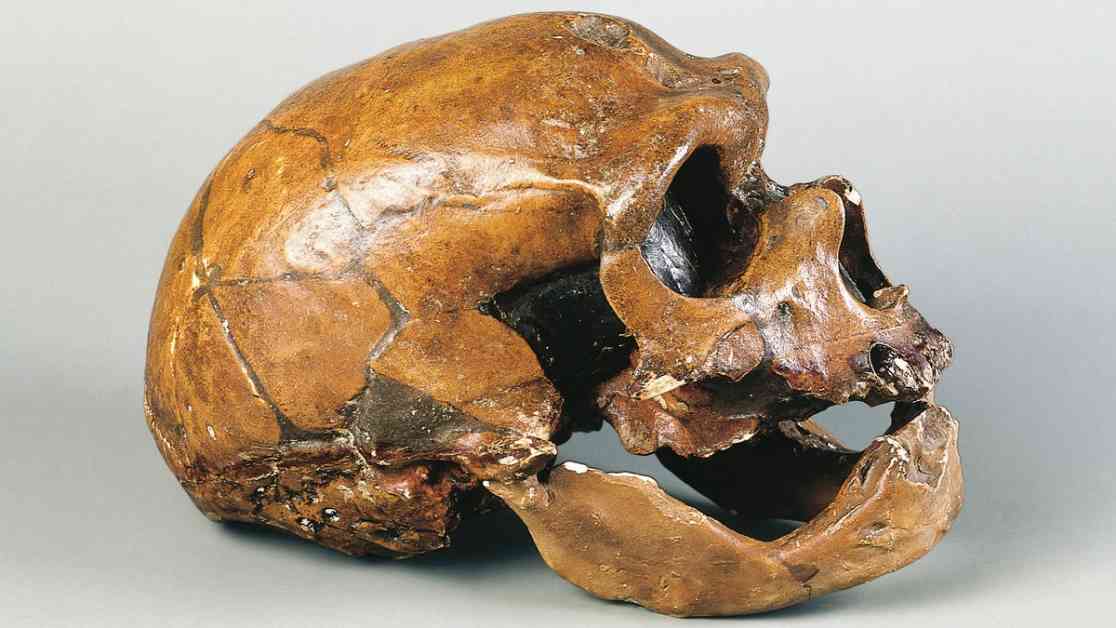Neanderthals and modern humans are believed to have interbred in the Zagros Mountains in what is now mostly Iran, according to a recent study. This region served as a meeting point between the warmer ecosystems that early modern humans preferred and the colder climates that suited Neanderthals. The study, led by archaeologist Saman Guran from the University of Cologne, used ecological models and geographic data to determine where these encounters likely took place.
Neanderthals emerged about 400,000 years ago in Europe and Asia, while modern humans evolved in Africa around 300,000 years ago. Genetic evidence suggests that these two human species interacted multiple times, with one significant wave of interbreeding occurring between 120,000 and 80,000 years ago in the Zagros Mountains. This area, part of the Persian plateau, was found to have supported both Neanderthals and early Homo sapiens due to its diverse ecosystems.
Although the Zagros Mountains boast one of the most significant Neanderthal sites, Shanidar Cave, the archaeological data in the region is limited. Guran emphasized the need for further excavations to uncover physical human remains and artifacts that could provide more insights into human evolution and dispersal. The study’s ecological model, which considered environmental factors like temperature and precipitation, complements existing archaeological and genetic evidence.
Leonardo Vallini, a molecular anthropologist at Johannes Gutenberg University, praised the study’s approach and highlighted the importance of the Zagros Mountains in early human expansion into Eurasia. By pinpointing specific areas where Neanderthals and modern humans likely interbred, archaeologists can focus their efforts on future excavations to uncover more evidence of these interactions.
In conclusion, the study’s findings shed light on the complex history of human evolution and migrations. The Zagros Mountains in Iran played a crucial role in facilitating interactions between Neanderthals and modern humans, providing a unique glimpse into our shared past. As researchers continue to explore this region, we can expect many exciting discoveries that will enhance our understanding of our ancient ancestors and the genetic legacy they left behind.










